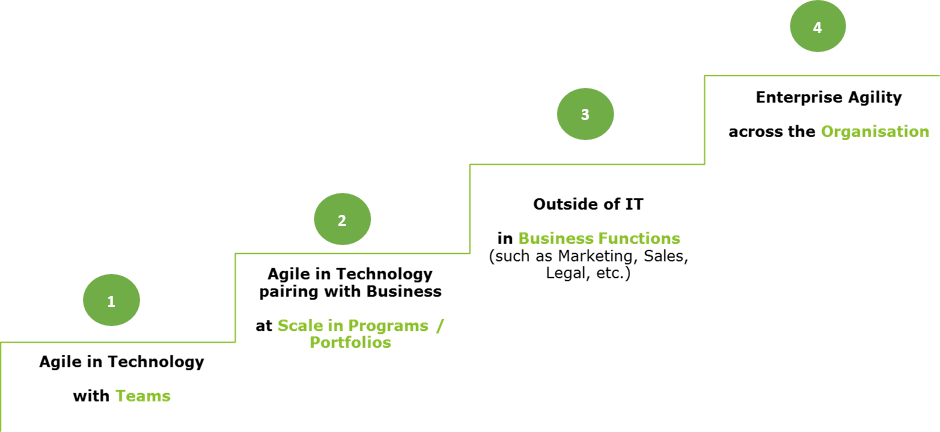
The time is now – our 2018 predictions in becoming an Agile Australia
Agile adoption in Australia – Our market observations
This post is courtesy of Deloitte and was originally published here.
As we are now into 2018, we wanted to take an opportunity to reflect on the Agile journey and current state in the Australian market. Over the last few years and considerably in 2017, the awareness and desire to adopt Agile ways of working has skyrocketed in Australia. The desire to adopt these ways of working has been across all industries in the market.
In 2017, we found the discussion moved away from “why should we adopt agile ways of working?” to “how do we best adopt agile at scale?” In this blog, we will cover how we have seen the market for Agile evolve over the last 10 years and our perspective on what is next for Agile in Australia.
The Agile adoption journey in Australia
Over the past 10 years, we’ve observed the evolution of Agile in Australia as an ‘awareness’ journey of sorts evolving across four phases. The adoption started in technology and small teams (1), just like the definition of the original manifesto, but then evolved to bridge the gap between technology and business (2) as it has scaled to deliver complex programs. The past few years has been an adoption of agile in core business functions (3), until we get where we are today, with organisation-wide adoptions of Agile management and ways of working (4).

First phase – Agile in Technology teams (1)
Agile in technology teams is what most of us are familiar with when we hear roles like Scrum Master and Product Owner, or see a team standing up in the morning for 15 mins, and have teams use sprints to deliver a working outcome. These practices are based on Scrum, which still remains to be the most commonly used Agile practice[1]. Early adopters in Australia were Suncorp and SEEK, and quick to follow this lead were other companies in the finance and telco industry, with the 1st Agile Australia conference kicking off in 2009.
These team practices have allowed a number of the below benefits to be realised, along with a fair share of learnings[2].
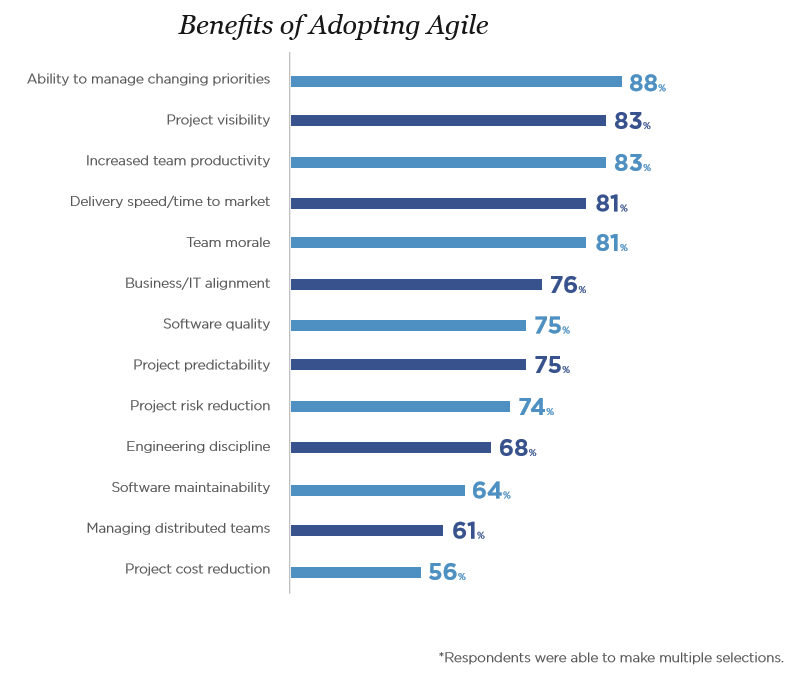
Most organisations have tried this and are doing agile in teams today. The realisation of these benefits is what has influenced the need to extend the dynamics of a cross-functional, collaborative team to multiple teams.
The next phases of the evolution – Scaling Agile (2) and Extending to the Business (3)
In the past few years, Agile has become part of the delivery strategy for many organisations like CBA, AMP, and AGL (including their sponsorship of Agile Australia) to name a few. Agile is being adopted for the following reasons[3]:
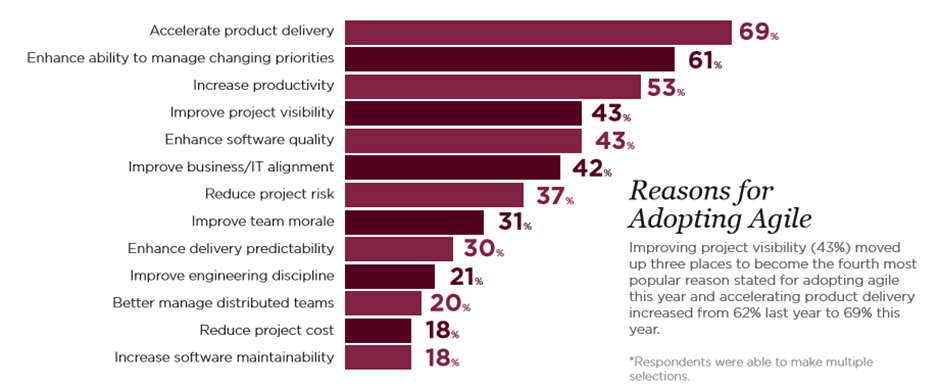
The extension beyond a single technology team has been to use agile to deliver complex programs with multiple teams at scale. Agile at scale started with project teams that had business and technology working more closely, then becoming one team.
In the past 2-3 years, a number of different frameworks – most notably SAFe, have become popular ways to implement and structure an agile at scale implementation[4].
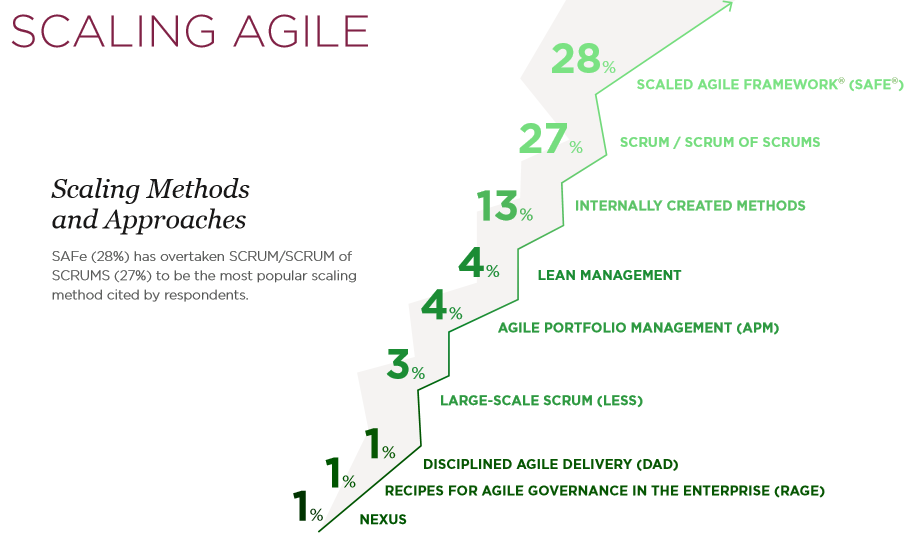
With the rise of these frameworks, a debate has also started on whether frameworks have a place in Agile. The debate was that frameworks were moving back to a traditional way of working and the intent of Agile was to focus on the mindset and principles. At Deloitte, we have seen that a balance between mindset and practices/frameworks needs to be taken to effectively enable the change in large scale enterprise when adopting Agile ways of working. To learn more about our perspectives, please view our recent blog.
As more and more of the business has been exposed to agile ways of working, there has been a realisation that agile isn’t just for technology. This has led to Agile being extended to core business functions such as Marketing, Legal, Sales, Operations, etc. to move towards phase (3).
A local example of this is the Australian Real estate giant REA group, where every core business function in the organisation functions in an Agile way. REA started to adopt Agile practices in late 2010 within the Technology services / Software Development group. Shortly after, the success of the technology teams led the then CIO to embed Agile practices to the whole organisation. By scaling Agile into business, organisations have realised benefits such as accelerated product delivery, ability to adapt priorities based on changing market, and productivity improvements.
(We have also seen instances where phase 2 and 3 occurred before phase 1. While this was less frequent, in some organisations Agile adoption was driven more by business functions, such as products and marketing before their IT teams were on the journey.)
As organisations have realised benefits from agile at scale, they are looking to scale these benefits now across the organisation.
Agile in Australia today – one of the leaders globally in enterprise agility
Seventeen years since signing the agile manifesto, agile has moved far beyond something that is only for development teams within the technology practice and for complex program delivery. Now, in today’s quickly changing market, organisations are seeing the need to use agile ways-of-working to enable their organisation more broadly, which leads us to Enterprise Agility.
Enterprise Agility in our definition is using new ways-of-working across all elements of an organisation to enable how a business creates ideas, plans, executes, makes decisions, learns, manages risk, and empowers teams.[5]
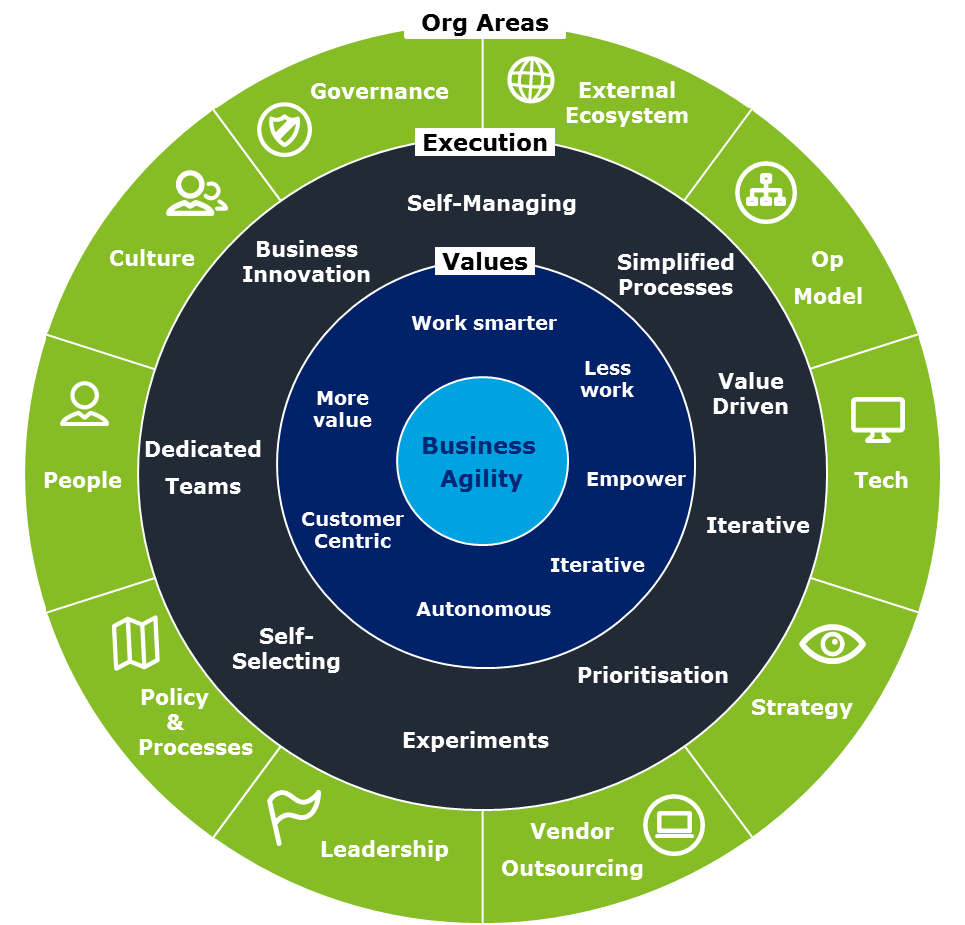
Your classic examples of high performing organisations with Agility at the Enterprise scale are Google, Netflix, Spotify and Facebook who have embedded this way of working since they were start-ups. However newer examples exist with existing traditional organisations who have undergone, or are undergoing an Agile transformation, such as Barclays, ING, and others.
In Australia, the appetite and demand for Enterprise Agility has generated interest on a global scale. ANZ’s announcement in May 2017 was the first Australian bank to publicly declare that they are making the shift to be an agile organisation[6]. Later in 2017, Bankwest started moving to a new Agile model and mindset[7]. Both of these organisations focusing on the ‘Spotify model and approach’ with Squads and Tribes. Telstra has continued investment in digitisation using agile ways of working through feature teams as it aims to bring technology, business and the customer closer together[8]. We are also seeing a number of other large organisations in Mining, Utilities, Public Sector, Aviation, etc., discussing how they will achieve enterprise agility in the next few years.
Organisations are using agile across the enterprise to create a high performing ecosystem, or network of teams, to respond to the market that is being driven by innovative competitors, increasing customer demands, and next-gen technology. Not only that, but given the proximity of Australia to Asia, the competitive advantage is seen as important given low labour costs of some of Australia’s competitors in the Asia Pacific region.
Our predictions for 2018 and beyond

Based on our observations working with teams, complex programs and enterprise agility across industries, we expect to see over the coming year(s):
- Embedding Agile@Scale: Continued from the past few years, we expect further benefits to be realised from agile at scale implementations across industries and teams. The journey towards DevOps will continue to be a big focus to ensure that the technical practises, such as automation and cloud-enabled, exist to support enterprise agility.
- New lingo: Continued shift away from using the term agile to other terms like ‘ways of working,’ as the meaning of ‘agile’ has become distorted over time. As an example, the agile transformation team at Barclays is now called the ‘Better Products Faster Safer Happier’ team[9]. This should be a welcome change as a blend of Agile, Design Thinking, and Lean practises are required to support an E2E outcome, and in fact, the goal is not to become ‘agile’ but to use agility as an enabler for change. Google is another example of this where in certain teams agile-practices have evolved over time without a conscious focus on leveraging any public framework or Agile certification processes.
- Agile-ified traditional functions: Procurement, finance, HR, risk, internal audit, etc. are traditional business functions within an organisation that need to evolve themselves to be an enabler of customer-oriented outcomes for the business, as well as, need to embrace new ways-of-working in executing their own activities to embody the culture change required.
- More Enterprise Agility journeys to begin: With the likes of ANZ and Bankwest as leaders in the market, we expect an even greater interest in organisation-wide culture changes that enable agile management and ways of working for large companies in Australia. This will mean flatter organisational structures with minimal hierarchy and limited middle management for most. Each journey will take their own shape and path, as no two agile transformations will be alike. The market will be watching closely the journey of successes and failures of these organisations that have already begun.
- War on Agile talent: With more organisations looking to enable enterprise agility, there will be a greater demand on talented individuals and teams whom have prior experience in this way of working. People with previous experience, in particular those who have seen what works and what doesn’t in different contexts, is critical to the success of an agile transformation. As confirmed by many at the 2018 Business Agility conference globally, organisations are already seeing the ‘war on talent’.
We welcome your 2018 agile predictions, observations, and thoughts. Here is to another year of realising benefits and happiness from a way of working that just seems to ‘make sense’.
Happy agile-ing. This is the ‘Age of Agile.’

Meet Steve Denning, author of the The Age of Agile, at the AgileAus Workshops this June in Sydney and Melbourne.
Supporting footnotes and materials:
1 Version One. The 11th Annual State of Agile Report. 2017.
2 Version One. The 11th Annual State of Agile Report. 2017.
3 Version One. The 11th Annual State of Agile Report. 2017.
4 Version One. The 11th Annual State of Agile Report. 2017.
5 Maria Muir and Tahlia Oliver. Deloitte Consulting Pty. Ltd. http://blog.deloitte.com.au/defining-enterprise-agility/. 2017.
6 Joanne Gray. Australian Financial Review. “ANZ blows up bureaucracy as Shayne Elliot takes the bank agile.” http://www.afr.com/business/banking-and-finance/anz-blows-up-bureaucracy-as-shayne-elliott-takes-the-bank-agile-20170428-gvumc2. May 1 2017.
7 Allie Coyne. IT News. “Bankwest goes all-in with Spotify’s agile model.” https://www.itnews.com.au/news/bankwest-goes-all-in-with-spotifys-agile-model-477985. November 21 2017.
8 Rohan Pearce. ComputerWorld. “Telstra’s investment in digitisation paying off, CIO says.” https://www.computerworld.com.au/article/632208/telstra-investment-digitisation-paying-off-cio-says/. January 16, 2018.
9 Jonathan Smart. Barclays. 2018 Business Agility conference.
By Maria Muir, Tahlia Oliver and Janani Venkatachalam.

Stay in the loop
To receive updates about AgileAus and be subscribed to the mailing list, send us an email with your first name, last name and email address to signup@agileaustralia.com.au.
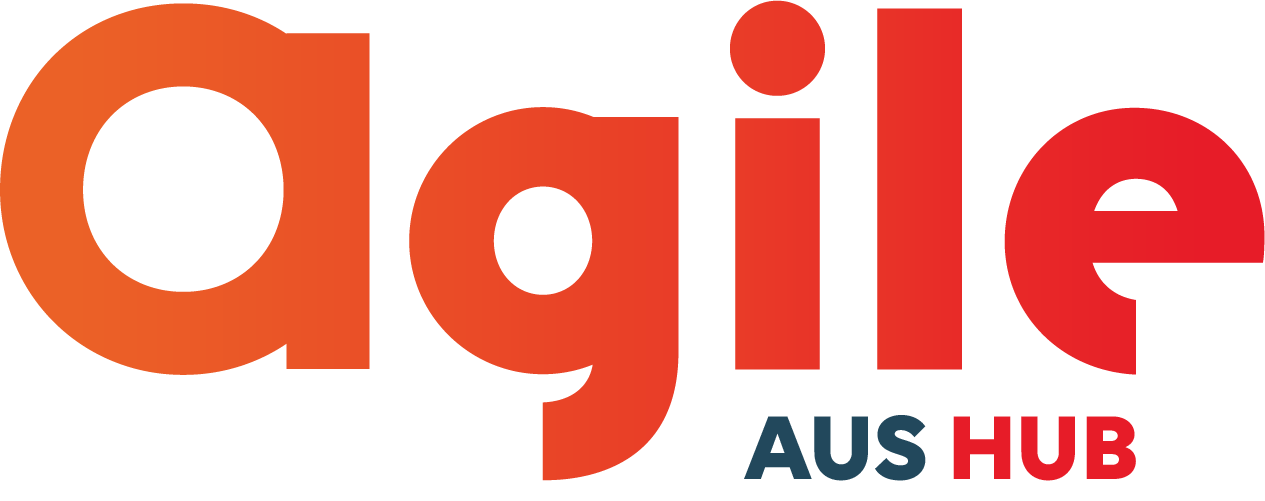
0 Comments